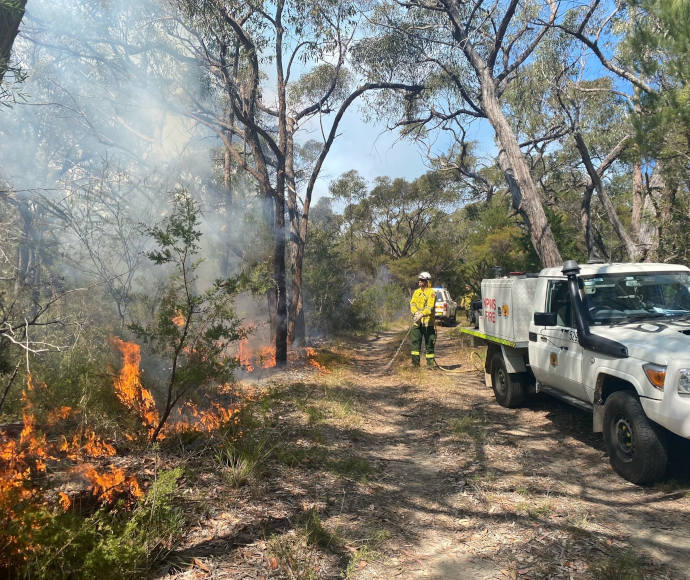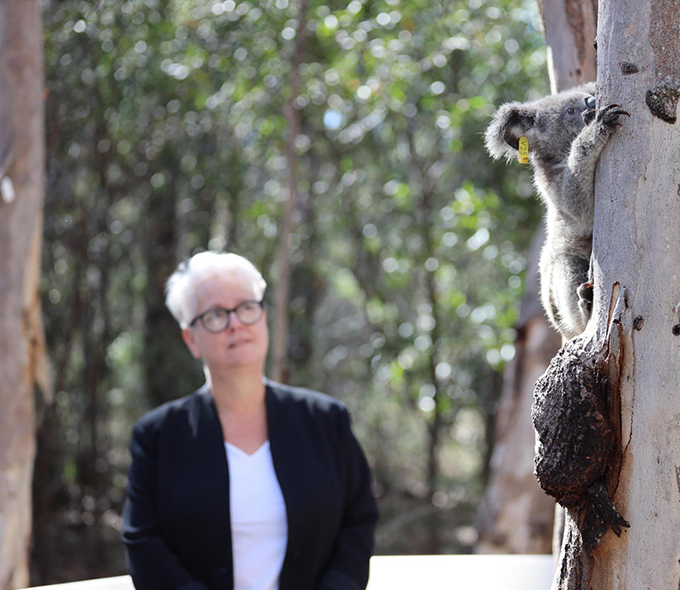Australia, India, Japan and the United States successfully conducted Exercise Malabar in Sydney and across Australia’s east coast from 10 to 21 August.
Supported by more than 2,000 personnel across the four nations, Exercise Malabar incorporated high-end anti-submarine, air-defence and gunnery exercises, aviation and communication operations, and cultural and sporting activities.
This was the 27th iteration of Exercise Malabar and the first time Australia hosted the maritime training activity, reinforcing Australia’s commitment to working with our partners for an open, secure and resilient region.
The Royal Australian Navy’s HMAS Brisbane, HMAS Choules and a submarine were joined by Indian Navy Ships Kolkata and Sahyadri, Japanese Ship Shiranui and United States Ship Rafael Peralta, and a United States submarine.
Australian air assets included MH-60R Seahawk helicopters and Royal Australian Air Force F-35A Lightning II, Hawk 127 and P-8A Poseidon aircraft, with India and the United States providing a P-8I and P-8 aircraft respectively.
Quotes attributable to Commander Australian Fleet, Rear Admiral Christopher Smith, AM, CSM, RAN:
“The Royal Australian Navy was honoured to lead Exercise Malabar and bring officers and sailors of the navies of India, Japan and the United States to Sydney to experience Australia and deepen relationships between our people.
“Understanding common values across partner nations is as important as the exercise itself, and Malabar provided an opportunity to build the personal relationships between our people that enable us to go beyond simply working through procedures to a place of deeper trust and respect.
“Strong navy-to-navy relationships are fostered by regular participation in exercises such as Malabar, which deepen interoperability and integration across both people and capability.”
Quotes attributable to INS Sahyadri Commanding Officer, Captain Rajan Kapoor, IN:
“Exercise Malabar was conducted in the utmost professional manner.
“As the days passed by, the complexity of the training exercises increased which helped us to achieve our objectives – we could learn a lot from each other’s perspective.
“There are certain differences in the way we operate, however Exercise Malabar has only paved the way for even closer joint operations in reaching our goal of regional cooperative engagement, interoperability and preparedness.”
Quotes attributable to INS Kolkata Commanding Officer, Captain Sharad Sinsunwal, IN:
“Exercise Malabar has surpassed previous iterations in complexity of exercises and flexibility to change.
“Australia has outdone itself in organising a fun-filled, yet professional harbour phase, followed by a thoroughly engaging sea phase.
“The epitome of interoperability has been the frequency and ease with which managing training activities have been rotated between member nations.”
Quotes attributable to JS Shiranui Commanding Officer, Commander MINAMI Kazuhiro, JMSDF:
“It was my great pleasure to participate in Exercise Malabar.
“It provided the Japanese Maritime Self-Defense Force the opportunity to enhance our tactical skills, improve interoperability and to deepen cooperative relationship with the Australian, Indian and United States navies throughout the exercise as well as the participating air forces.
“I believe this exercise contributes to peace and stability in the Indo-Pacific region and strengthens maritime order.”
Quotes attributable to USS Rafael Peralta Commanding Officer, Commander CT Cooper, USN:
“Exercise Malabar has been an outstanding opportunity to forge close friendships, exchange cultures and strengthen our understanding of each other’s professional capabilities.
“We absolutely demonstrated our four nations’ abilities to collectively travel tens of thousands of miles, come together, and work as a combined joint naval group.
“It has been honour to join our partners in this high-end exercise to promote interoperability, military cooperation and a free and open Indo-Pacific region.”








